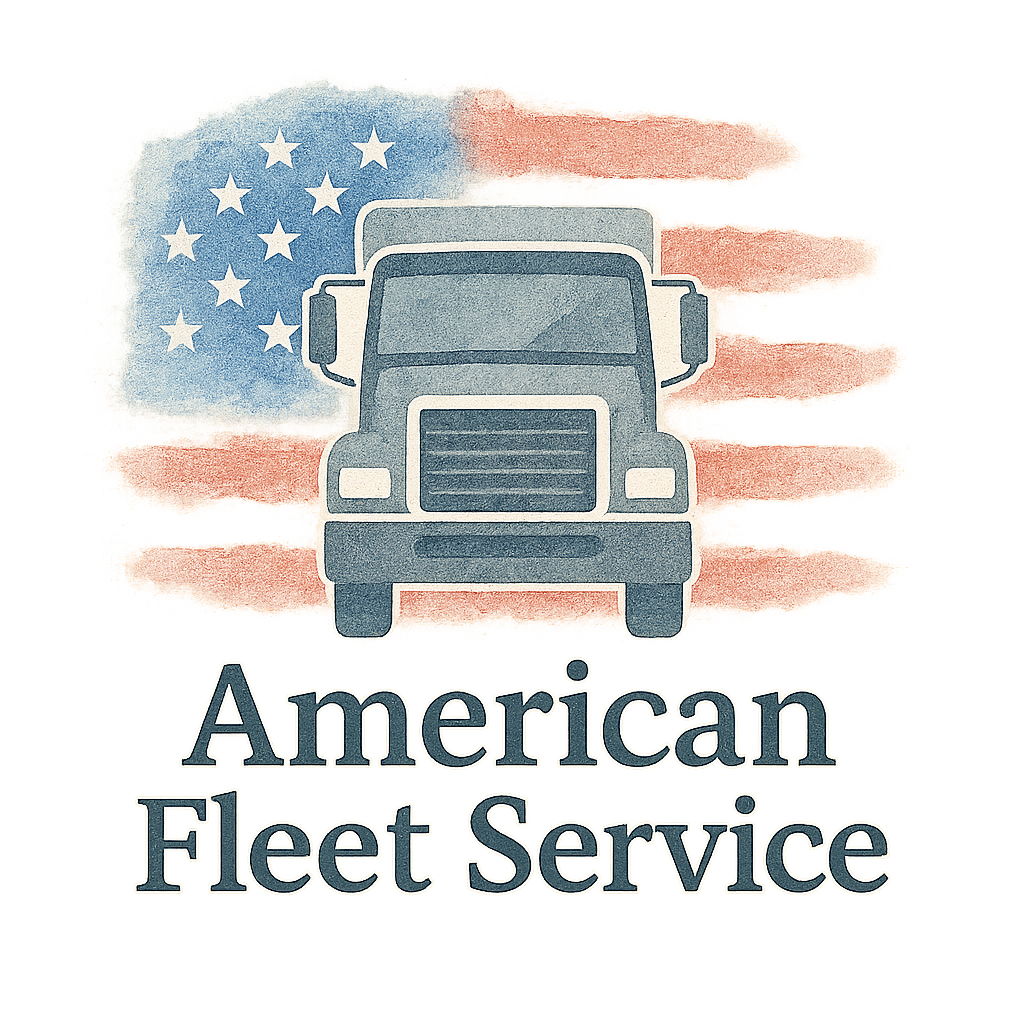Why Fleet Safety Matters More Than Ever
If you manage a fleet, daily safety inspections are your first line of defense. They’re not just a regulatory checkbox—they’re a life-saving habit. Fleet safety isn’t about paranoia; it’s about preparation. With rising operating costs and increasing road risks, ignoring daily inspections is like driving blindfolded.
Safety-conscious fleets have fewer accidents, lower maintenance costs, and stronger reputations. It’s also a great way to comply with essential fleet safety compliance standards.
What Is a Daily Fleet Safety Inspection?
A daily fleet safety inspection is a structured, consistent review of your vehicle’s key systems before hitting the road.
The Role of Daily Checks in Fleet Operations
Daily checks keep your vehicles roadworthy and your drivers alert. Even a five-minute inspection can prevent hours of downtime—or worse, a costly accident.
Compliance with Fleet Safety Regulations
Regular checks help your team stay compliant with DOT and FMCSA regulations. It’s also key to avoiding violations that hurt your CSA scores.
Read more about common fleet problems and how daily inspections help avoid them.
How to Conduct an Effective Safety Inspection
Tools Needed for Daily Inspections
- A standardized checklist (digital or paper)
- Flashlight
- Tire pressure gauge
- Fluid level tools (dipstick, coolant reader)
- Emergency contact list
Who Should Conduct the Inspection?
Drivers should take ownership. When they’re accountable, they’re more likely to catch small issues before they snowball. Fleet managers should verify reports and spot-check results.
Checklist Item 1: Brake System Inspection
Why Brake Checks Are Crucial
Brakes are your fleet’s most critical safety feature. Listen for squealing, grinding, or delayed stopping. Inspect pads, rotors, and hydraulic lines.
Noticing issues? Don’t wait. Schedule prompt fleet repair services to avoid accidents.
Checklist Item 2: Tire Condition and Pressure
Checking for Wear and Proper Inflation
Underinflated or bald tires can cause blowouts or reduce fuel efficiency. Use a tire gauge daily. Inspect tread for wear and remove lodged debris.
Maintaining tires also boosts fuel cost efficiency.
Checklist Item 3: Lights and Signals Functionality
Ensuring Visibility and Communication
Check all external lights, including headlights, brake lights, and turn signals. Proper lighting prevents accidents, especially in low visibility.
Fleet safety tips often stress lighting as one of the top issues missed in inspections.
Checklist Item 4: Fluid Levels (Oil, Coolant, etc.)

Preventing Overheating and Engine Damage
Check engine oil, coolant, transmission fluid, brake fluid, and windshield washer daily. Low levels could mean a leak or overdue service.
Learn more about fleet maintenance essentials.
Checklist Item 5: Windshield Wipers and Washer Fluid
Maintaining Visibility in All Conditions
Cracked blades or an empty washer tank? That’s a big deal in bad weather. Clean and functional wipers help drivers maintain clear sightlines.
Checklist Item 6: Mirrors and Visibility Equipment
The Importance of Full Visual Awareness
Ensure mirrors are clean, undamaged, and correctly adjusted. Backup cameras and blind-spot sensors should also be verified.
Checklist Item 7: Emergency Equipment Check
What to Include in Your Emergency Kit
- Reflective triangles
- Flashlight
- Fire extinguisher
- First aid kit
- Spare fuses and bulbs
Make sure every vehicle carries these and that they’re in usable condition.
Checklist Item 8: Seatbelts and Safety Restraints
A Simple Check That Saves Lives
Frayed or non-clicking belts are serious red flags. Don’t let something this small lead to a tragic outcome.
Safety starts with the basics—like using restraints every trip. Check out our driver safety tips.
Checklist Item 9: Exhaust and Emission Systems
Reducing Pollution and Ensuring Safety
Inspect for leaks, soot, or odd smells. Faulty systems can expose drivers to harmful gases and violate emission laws.
Checklist Item 10: Horn and Dashboard Warning Lights
Indicators That Should Never Be Ignored
Your horn isn’t just for honking—it’s a communication tool. Warning lights? They’re your truck’s way of speaking. Listen up!
Check truck issues regularly to avoid long-term damage.
Incorporating the Checklist into Your Fleet Strategy
Using Digital Inspection Tools
Apps can streamline inspections and send real-time reports. This makes recordkeeping easier and highlights recurring issues.
Encouraging Driver Accountability
Reward thorough inspections. Create a culture where safety is second nature. When drivers feel responsible, they care more.
Explore more tips on fleet management strategy.
Final Thoughts on Fleet Safety Inspections
Daily inspections might seem like a chore—but they’re a safety net. They protect your people, your vehicles, and your bottom line. Investing a few minutes each day pays off with fewer breakdowns, lower costs, and safer roads.
Make safety part of your DNA. Use this checklist as a foundation, and never compromise.
FAQs
1. How long should a daily fleet safety inspection take?
Typically, it takes 10–15 minutes if done thoroughly.
2. Can technology help with daily inspections?
Yes! Digital checklists and fleet tracking systems streamline the process.
3. What happens if you skip inspections?
Increased risks of breakdowns, fines, and accidents.
4. Should drivers be trained on safety checks?
Absolutely. Training ensures consistency and thoroughness.
5. How often should emergency kits be checked?
Weekly is ideal, with a deep review monthly.
6. What’s the best way to log inspections?
Use an app or digital fleet management system for real-time logging.
7. Where can I learn more about fleet safety?
Visit AF Services for resources, services, and expert advice.

